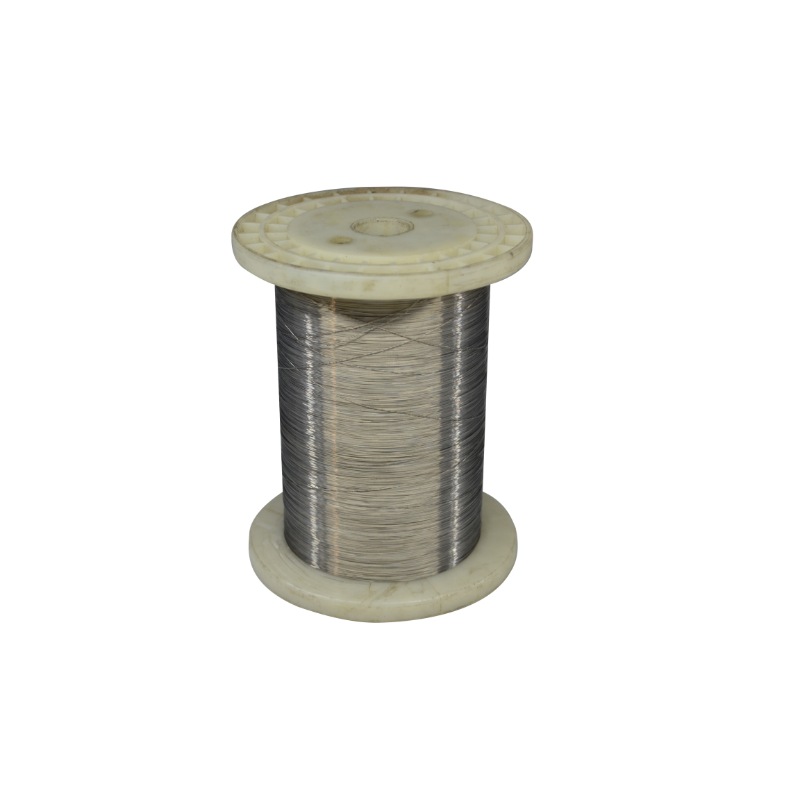Introduction
In the realm of mechanical engineering and aviation, safety wire stands as an unsung hero, quietly ensuring the integrity and reliability of critical components. Whether you're a seasoned engineer or a curious enthusiast, understanding the significance of safety wire is essential. This blog post aims to demystify the world of safety wire, shedding light on its uses, applications, and why it's a staple in industries where precision and safety are paramount.
What is Safety Wire?
Safety wire, also known as lock wire or cotter key wire, is a thin, pliable wire that is threaded through fasteners and components to prevent them from unintentionally loosening or falling out. Its primary purpose is to add an extra layer of security to critical areas where vibration, temperature changes, or heavy loads might compromise the stability of fastened elements.
The Anatomy of Safety Wire
Safety wire typically comes in various materials, including stainless steel and Inconel. Its diameter can vary depending on the application, with finer wires for smaller fasteners and thicker wires for larger, heavy-duty connections. The wire is meticulously threaded through designated holes in bolts, nuts, and other components, forming a secure and intricate pattern that resists any attempt at loosening.

Applications of Safety Wire
1. Aviation Industry: Keeping the Skies Secure
In the aviation industry, safety wire plays a pivotal role in maintaining the safety and functionality of aircraft. Critical components such as engine bolts, control surfaces, and landing gear assemblies are meticulously safety-wired to prevent any inadvertent loosening during flight. This ensures that even in the most challenging conditions, the structural integrity of the aircraft remains intact.
2. Automotive Engineering: Racing Against Loosening Forces
In the fast-paced world of automotive engineering, especially in motorsports, safety wire is a common sight. It secures bolts and nuts in high-performance engines, transmissions, and suspension systems, where vibrations and extreme conditions demand an additional level of fastening security.
3. Industrial Machinery: Bolstering Reliability
In manufacturing and industrial settings, where heavy machinery is the backbone of production, safety wire is employed to prevent critical fasteners from coming loose due to constant vibrations and heavy loads. This ensures that production lines can run smoothly without the risk of unexpected breakdowns.
4. Marine Applications: Battling the Elements
The corrosive and dynamic nature of marine environments demands robust fastening solutions. Safety wire is extensively used in shipbuilding and marine engineering to secure vital components, from engine mounts to navigation systems, combating the corrosive effects of saltwater and the constant motion of the sea.
How Safety Wire Works
The art of safety wiring involves a meticulous process to ensure optimal effectiveness. Here's a step-by-step breakdown:
1. Identifying Critical Components:
Engineers identify the critical components that require safety wiring, taking into account factors such as vibration, load, and temperature variations.
2. Selecting the Right Wire:
Depending on the application, engineers choose the appropriate material and diameter of safety wire. Stainless steel is common for its corrosion resistance, while Inconel is preferred in high-temperature environments.
3. Thread and Twist:
The wire is threaded through designated holes in the fasteners and components, creating a secure pattern. A twisting technique is then employed to ensure the wire holds tightly.
4. Securing the Ends:
The ends of the safety wire are securely fastened using pliers or other suitable tools, preventing any possibility of unraveling.
Benefits of Safety Wire
1. Prevention of Unintended Loosening:
Safety wire acts as a fail-safe mechanism, preventing critical components from coming loose due to external forces or vibrations.
2. Enhanced Safety and Reliability:
In safety-critical industries like aviation, the use of safety wire enhances the overall safety and reliability of machinery and equipment.
3. Cost Savings:
While the initial implementation of safety wire requires time and precision, it ultimately contributes to cost savings by reducing the likelihood of equipment failure and the associated repair or replacement costs.
Conclusion
In the intricate world of mechanical engineering and industries where precision is non-negotiable, safety wire stands as a silent guardian, ensuring the stability and reliability of critical components. From the skies to the seas, safety wire plays a pivotal role in securing our most vital systems, embodying the essence of precision and safety in every twist and turn. As we continue to push the boundaries of technology, the humble safety wire remains an indispensable element, quietly fortifying the structures that propel us forward.




Comments
Please Join Us to post.
0